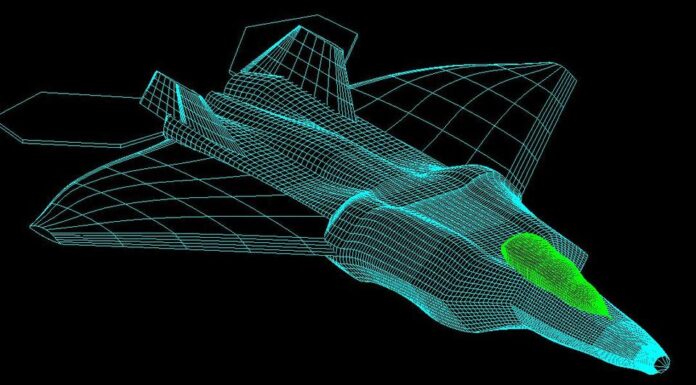Aircraft design is an intricate dance of innovation and precision. At the heart of this dynamic field lies an indispensable tool that has revolutionized the way aircraft are conceptualized, visualized, and engineered—Computer-Aided Design (CAD). The aerospace industry’s reliance on CAD software has burgeoned over the years, playing an instrumental role in shaping the next generation of aircraft.
CAD is the linchpin of modern aircraft design, offering a virtual canvas where engineers meticulously craft the blueprint of an aircraft before a single piece of metal is shaped. It allows for the creation, modification, and optimization of designs with unparalleled accuracy and efficiency. The evolution of CAD technology has brought forth a multitude of benefits, propelling the aerospace industry into an era of innovation and advancement.
Precision is the cornerstone of aircraft design, where even the minutest detail can have a monumental impact on safety, performance, and efficiency. CAD empowers engineers to simulate and analyze various design iterations, facilitating the identification and rectification of potential flaws or inefficiencies in a controlled virtual environment. This meticulous scrutiny significantly mitigates risks and enhances the overall quality of the aircraft before it takes physical form.
Gone are the days of relying solely on hand-drawn sketches and physical models. CAD software enables designers to craft intricate 3D models with remarkable intricacy, allowing them to explore complex geometries and aerodynamic profiles that were once inconceivable. This capability to visualize and simulate designs in a three-dimensional space is paramount in comprehending how different components interact and affect the overall performance of the aircraft.
The collaborative nature of CAD software transcends geographical barriers, fostering seamless communication and cooperation among interdisciplinary teams scattered across the globe. Engineers, aerodynamicists, structural analysts, and other experts can work concurrently on a single digital platform, sharing insights and refining designs in real-time. This synergy accelerates the design process and encourages innovation through the amalgamation of diverse perspectives.
Moreover, the integration of CAD with other cutting-edge technologies such as computational fluid dynamics (CFD) and finite element analysis (FEA) amplifies its efficacy. These synergistic alliances enable engineers to simulate the behavior of aircraft components under diverse operating conditions, facilitating informed design decisions and optimizing performance while adhering to stringent safety standards.
The iterative nature of aircraft design demands a constant flux of modifications and refinements. CAD’s parametric modeling capabilities facilitate swift alterations, enabling engineers to explore multiple design alternatives efficiently. This agility in design iteration expedites the development cycle, ensuring that the final product aligns closely with the envisioned performance and efficiency metrics.
The advent of additive manufacturing, often referred to as 3D printing, has further augmented the significance of CAD in aircraft design. CAD models seamlessly translate into physical prototypes through additive manufacturing techniques, enabling rapid prototyping and validation of designs. This accelerated prototyping phase aids in streamlining the design validation process, bringing concepts to life swiftly and cost-effectively.
Despite its myriad advantages, CAD in aircraft design is not without challenges. The complexity of modern aircraft demands sophisticated CAD software, necessitating substantial investments in licenses, training, and computational infrastructure. Furthermore, while CAD enhances efficiency, the reliance on software for design raises concerns about cybersecurity and intellectual property protection.
In conclusion, the pivotal role of CAD in modern aircraft design is indisputable. It has transcended the realms of traditional design methodologies, empowering engineers to push the boundaries of innovation while ensuring safety, efficiency, and performance. As CAD technology continues to evolve, its symbiotic relationship with other cutting-edge technologies will further elevate the trajectory of aircraft design, propelling the aerospace industry toward unprecedented frontiers of excellence.
























